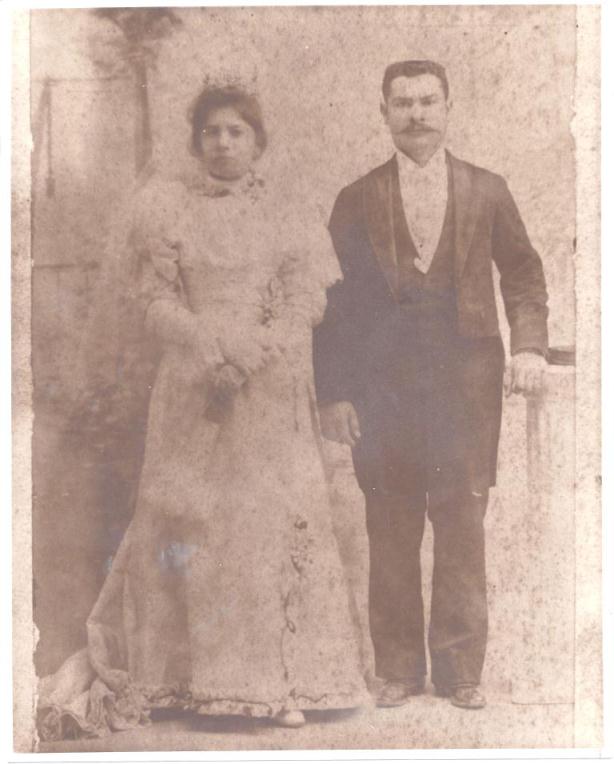Abstract
This paper analyzes two financing models applied to the cultivation of henequen, exploring the succession of 'technical' problems, market and political that led to the decline of the so called "green gold". Cycle that is studied is significant because it attends divergent models of financing (one private and one of social orientation) and the transition between two regimes of property and productive organization. The dissolution of the porfirian by "the" revolution regime did not mean immediate disbandment of the Yucatecan hacienda or organizations of farmers. In the Porfiriato there were fortunes -ever more concentrated- speculating on the fiber; with the revolution the demand and prices ascents and sudden declines, as well as a renewed interest in controlling its production to be an important source of foreign exchange, federal and State. In this perspective, the "Acción Social Bancaria" of the revolution channeled funds hoping their continuous return to serve to make the social transformation of the Yucatan Peninsula.

This work is licensed under a Creative Commons Attribution-NonCommercial 4.0 International License.
Copyright (c) 2021 Memorias


